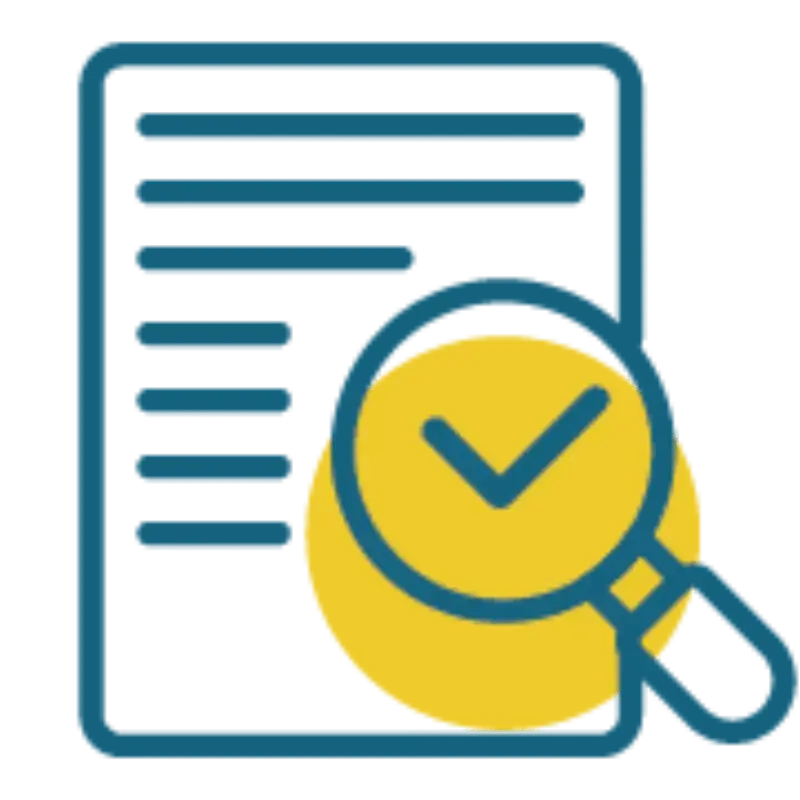The Power of DAM for Insurance


Digital asset management (DAM) in insurance is the strategic approach of organizing, storing, and distributing digital assets such as policy documents, marketing materials, and claims data to improve operational efficiency and enhance customer experiences. The importance of DAM in the insurance industry cannot be overstated. It empowers insurance companies to streamline their document management, ensure regulatory compliance, and bolster customer communication by providing quick access to the right assets when needed.

Challenges Addressed by DAM for Insurance
Fortifying Data Security To Mitigate Cyber Risks in Insurance
The insurance industry handles vast amounts of sensitive customer data, making it a prime target for cyberattacks. DAM enforces strict access controls, allowing only authorized personnel to access sensitive documents, policies, and customer records. Additionally, DAM systems facilitate encryption and secure storage, safeguarding critical information from unauthorized access. In the event of a data breach, the system maintains detailed audit trails, helping insurance companies identify the source of the breach and take immediate action to mitigate risks.
Simplifying Compliance and Reporting for Insurance Regulatory Frameworks
Insurance companies operate within a complex web of regulatory requirements, with frequent updates and changes. Think of a regional insurance provider operating in a state with constantly changing insurance regulations. To ensure compliance, they employ a DAM system to centralize policy documents and create specific metadata tags such as policy type, effective date, and regulatory reference. When a surprise regulatory audit occurs, the company uses the DAM system to quickly retrieve all policies that were in effect during the audit period, complete with detailed version histories. This precise document organization enables the company to produce comprehensive compliance reports in a matter of hours rather than days.
Enhancing Collaborative Workflows and Document Handling in Insurance
Collaboration is at the core of the insurance industry, with various departments, agents, and underwriters working together. DAM systems streamline collaborative workflows by providing a shared platform for document creation, review, and approval. Take an insurance company with a geographically dispersed team of underwriters, agents, and claims processors. To combat inefficient collaboration, they can introduce a DAM system so teams can simultaneously access, edit, and approve documents.
Implementing DAM for Insurance
The successful implementation of DAM in insurance hinges on choosing a solution that meets the industry’s distinct requirements. DAM systems should be configured with insurance-specific features, including:
-
Stringent security measures: Insurance DAM systems prioritize data security with features like role-based access controls, encryption, and audit trails.
-
Regulatory compliance focus: Tools for version control and easy retrieval to adhere to dynamic regulations and streamline compliance reporting.
-
Insurance-specific metadata: Fields for categorizing policies, claims, and customer data.
-
Collaborative workflows: Essential for members of various teams who need to work together on policy documents.
-
Integration with insurance software: DAM for insurance seamlessly integrates with other insurance tools, such as underwriting software, policy management systems, and CRM platforms.
By providing hands-on instruction on DAM system best practices like metadata tagging and document retrieval, insurance teams can maximize the value of the technology for smoother document management and regulatory compliance.


Key Features of DAM for Insurance
DAM for insurance is characterized by functionalities such as precise metadata and tagging capabilities that facilitate efficient retrieval of insurance assets, ensuring quick access to policy documents and customer records.
- Vigilant version control safeguards the integrity of insurance data, which is vital for maintaining document accuracy and compliance.
- Comprehensive access control and security measures are paramount for protecting sensitive insurance assets from unauthorized access.
- Scalability allows insurance companies to effectively manage the growing volume of insurance information as their business expands.
- Moreover, seamless integration with insurance-specific tools and software streamlines workflows, enhancing efficiency and operational performance.







